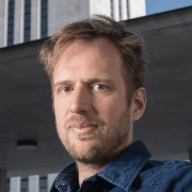Ghent University Museum Shows the Beauty and Doubt of Science
Flanders welcomes another ambitious new museum, the Ghent University Museum (GUM). The GUM does not set out to display a number of scientific truths. Rather, it wants to demonstrate how doubt and beauty are part of the scientific process, by means of a selection of objects from the university’s collections.
We are all familiar with museums of art, historical museums, city museums and theme museums, but less so with university museums. Everything starts with a collection. As can be expected from an age-old university, Ghent University boasts extensive collections that were established in the context of its scientific mission.
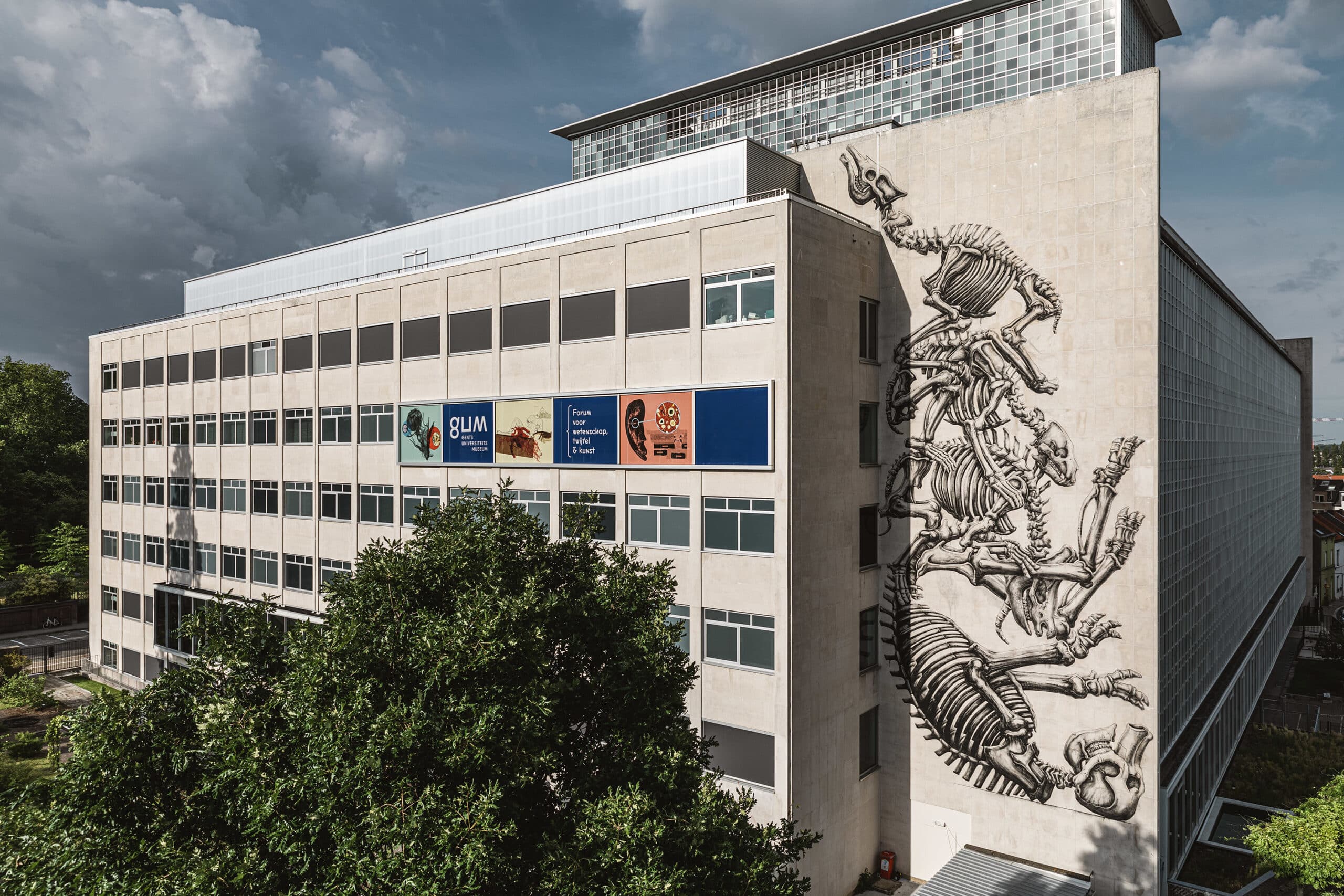 The famous Ghent street artist ROA painted a mural at the GUM. He drew inspiration from the museum's natural history collections.
The famous Ghent street artist ROA painted a mural at the GUM. He drew inspiration from the museum's natural history collections.© Michiel Devijver
The book collection, which resides in the Book Tower, is well-known. However, we must also include scientific equipment, archeological and ethnographic pieces, geological collections, collections and preparations from the fields of medicine and natural sciences, cabinets packed with stuffed animals and herbariums teeming with dried plants. We have already seen glimpses of this academic heritage collection – comprising 400,000 objects, which makes it Flanders’ largest collection – back in 2017 in the book entitled Ghent University – 200 years in 200 objects.
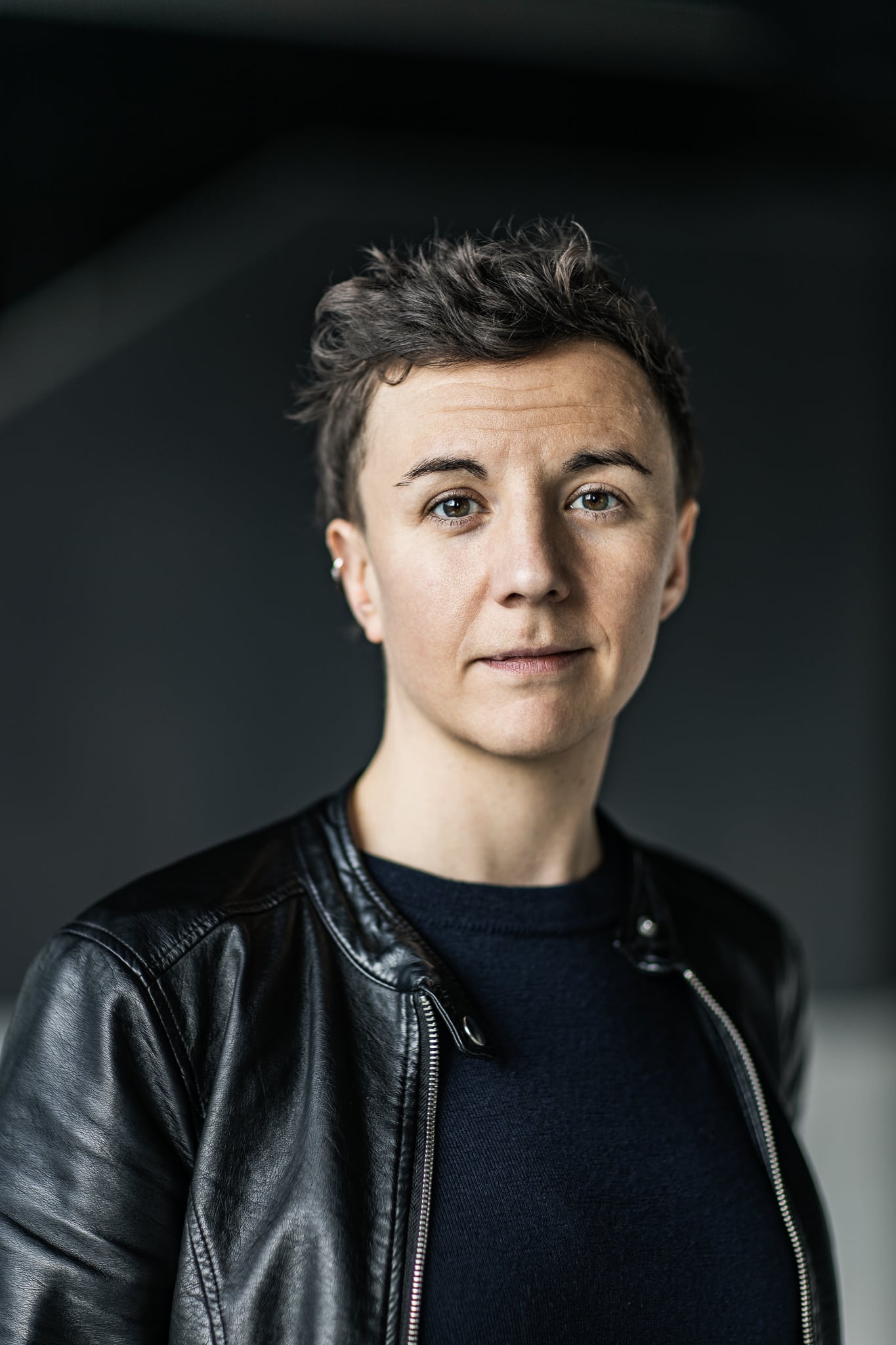 Marjan Doom
Marjan Doom© Sophie Nuytten
The GUM takes things one step further and unites those collections in a single innovative museum concept. GUM director Marjan Doom describes the challenges the museum faced in bringing together the comprehensive and heterogeneous collections in a ‘unified story’.
In 2013, a partnership agreement was created, which centralised management of these collections and created the opportunity to experiment with joint exhibitions, e.g. Post Mortem (2015) and Out of the Box (2018). In the meantime, the quest for the new museum’s soul continued.
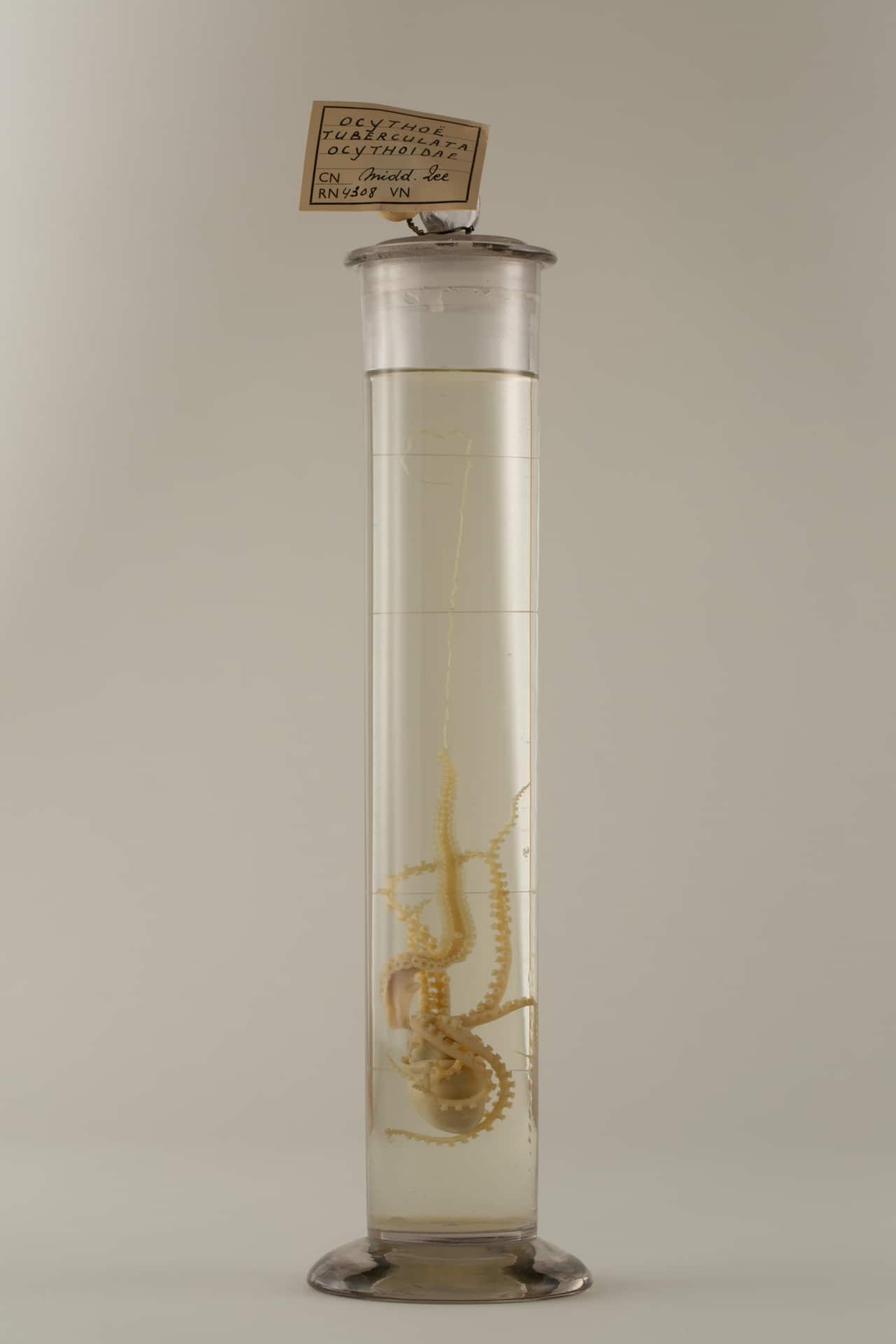 Hectocotylus octopus
Hectocotylus octopus@ GUM
After having numerous conversations with scientists, Doom noticed that they could not provide a unanimous answer to the question, ‘What exactly is science?’ Science had a different meaning for different scientists. In fact: doubt, debate, daring to think and rethink, revisiting and rephrasing theorems are all intrinsic to the scientific process. It is precisely that vulnerability the museum wants to turn into its strength, as a ‘forum for science, doubt and art’.
The GUM does not intend to highlight a series of scientific triumphs. Doom does not believe in scientism. The museum does not set out to display a number of scientific truths. Rather, it wants to demonstrate how doubt and beauty are part of the scientific process, by means of a selection of objects that used to have a research or didactic purpose, but now hold a peculiar artistic value. The beauty of old microscopes. The artful way in which capillaries fan out in anatomical preparations and casts. The elegance of nineteenth-century flower models, which now seem deserving of a special place in your living room. The eccentricity of a cabinet stuffed with Darwin’s finches or of a life-sized animal skeleton.
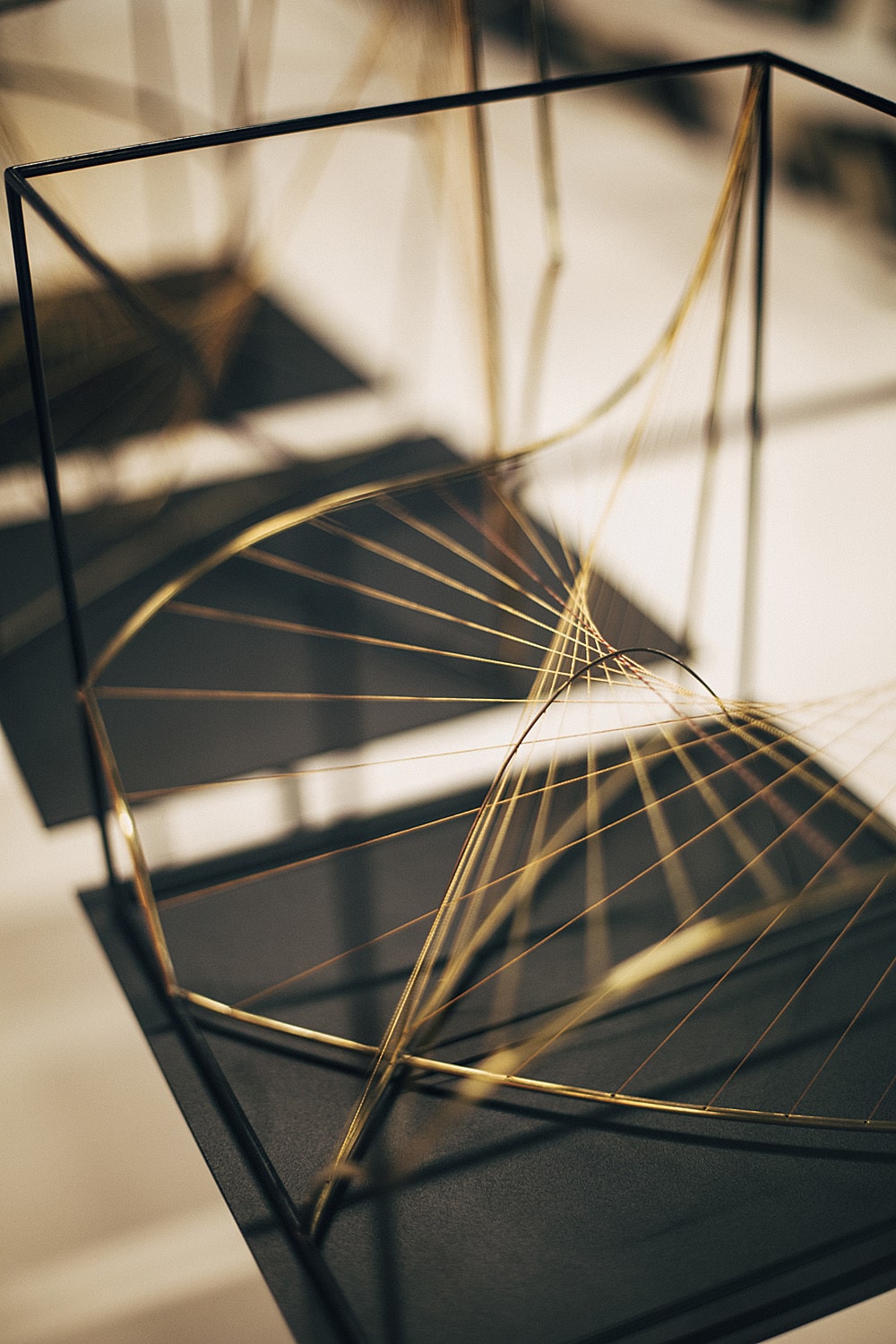 Mathematical model
Mathematical model© Anton Coene
The GUM is anything but a cabinet of curiosities, but its collection is truly something to marvel at. In the open-plan museum, the collection is displayed according to a number of themes, i.e. Chaos, Doubt, Models and Measurements, Imagination, Knowledge and Network. Every single object on display refers to the idea of reaching for the stars, to scientific progress and, ultimately, to our contemporary society. Doom considers her museum to be a place ‘where science is presented as a creative, ever-evolving and pluralistic concept.’
The GUM is anything but a cabinet of curiosities, but its collection is truly something to marvel at
‘In our brand-new museum, we invite you to join the scientist on his/her turbulent journey. That journey begins with a blank page, and, after a period of trial and error, the scientist either finds an answer – or does not’, she explains. It is a delicate balance: how can you demonstrate just how fragile and complex the scientific process is, without losing any of its scientific credibility? To that question, Doom dedicated her book The Museum of Doubt, a manifesto that will be presented to the public along with the museum’s opening.
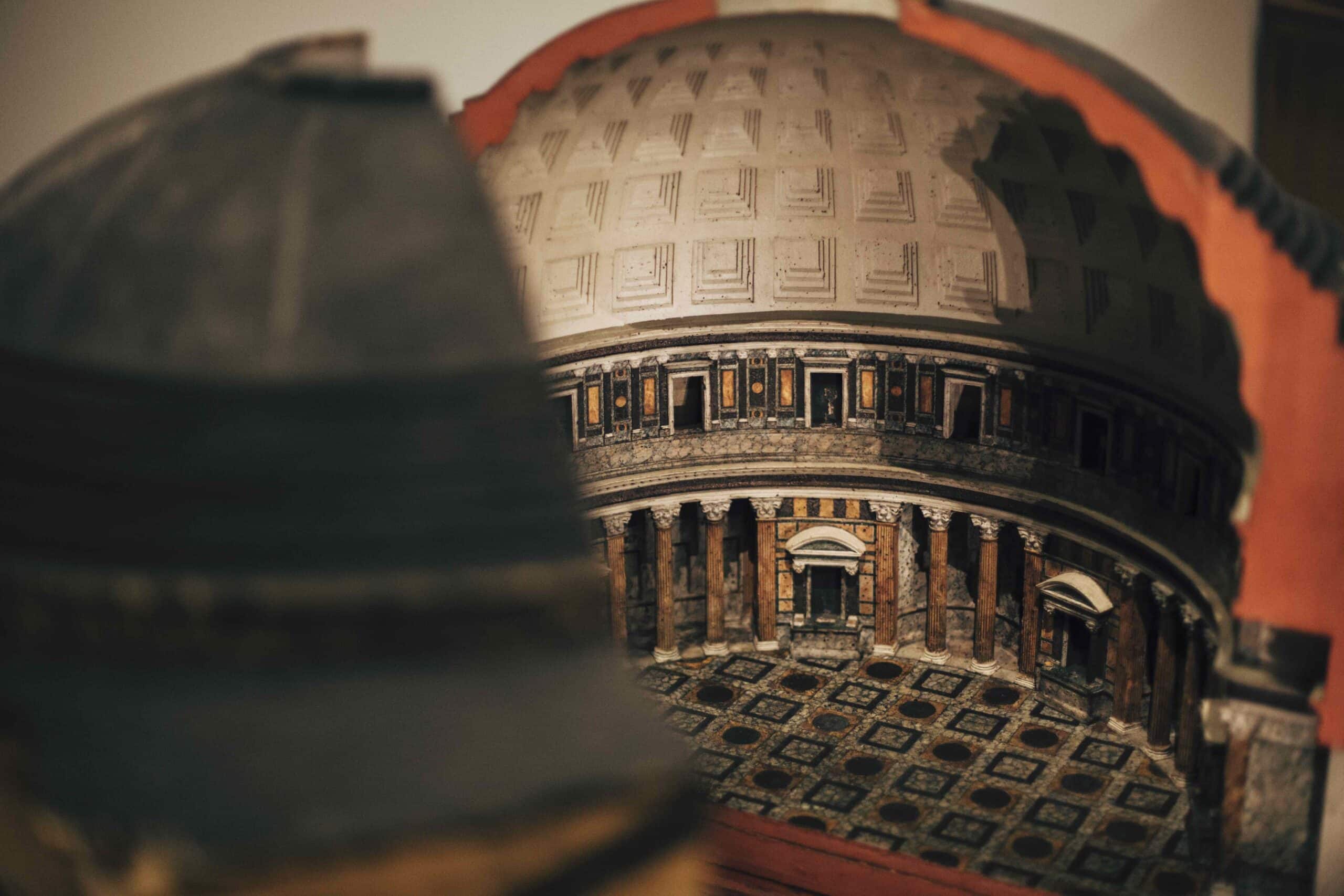 model of the Pantheon by Antonio Chichi (1743-1816)
model of the Pantheon by Antonio Chichi (1743-1816)© Anton Coene
The GUM also aims to realise international ambitions and is part of a few networks which also include the Cambridge and Oxford university museums. In Flanders, the museum is targeted at both a younger crowd of fifteen to twenty-five-year-olds, for whom a visit can be an experience in scientific literacy, and lovers of culture and regular museum visitors. The scientific community will ‘hack into’ the museum at regular intervals. There are spaces set aside for science salons and there is a GUM Forum, offering magnificent views over the Botanical Garden and the Palmarium, which are also open to visitors.

